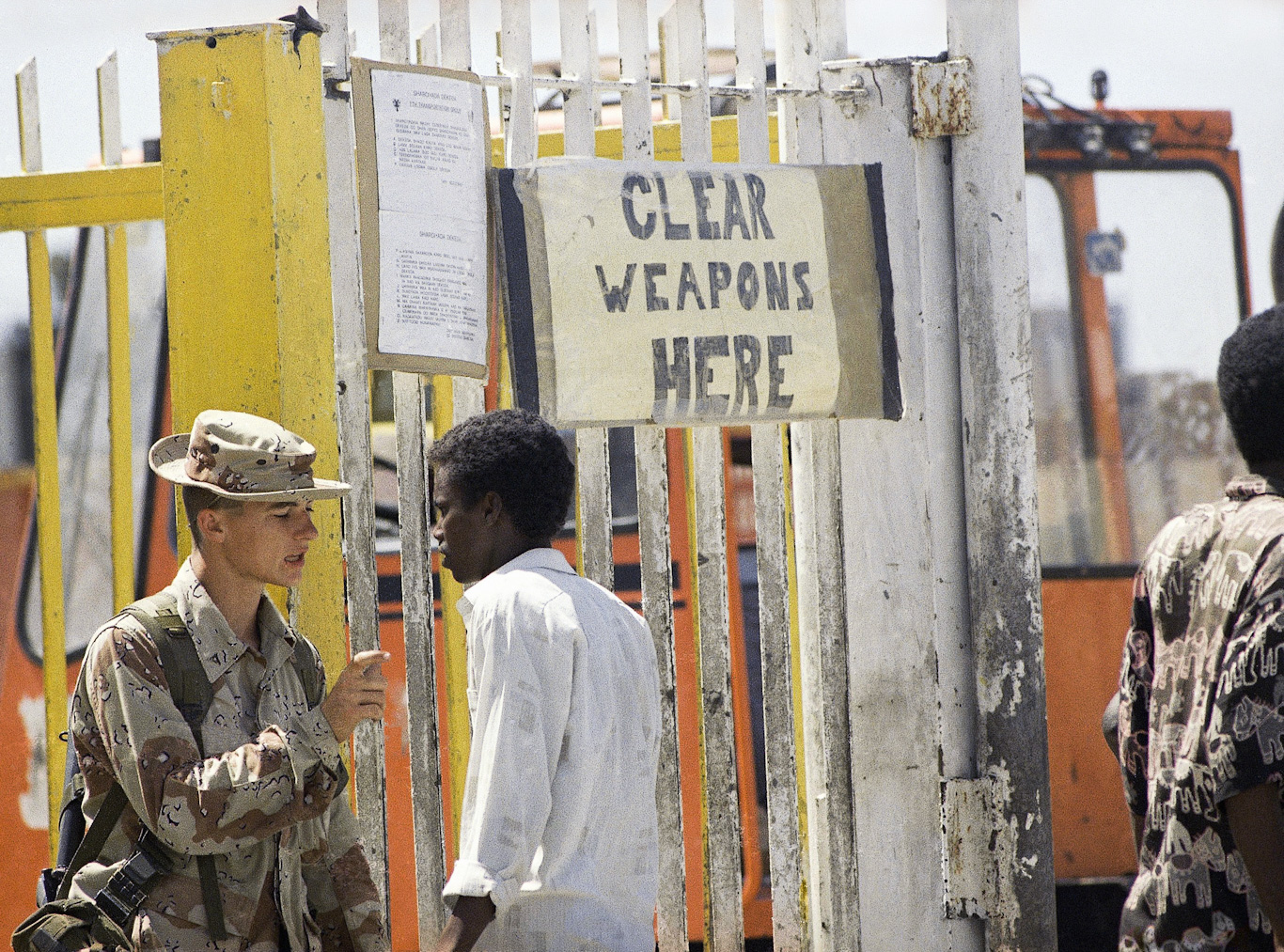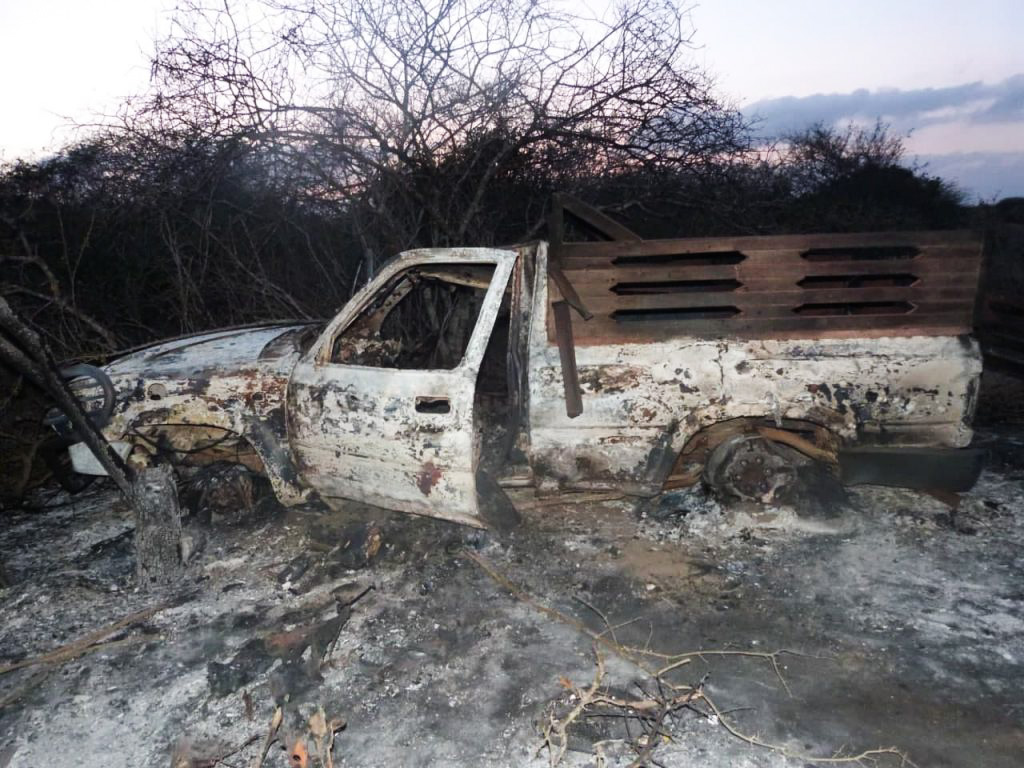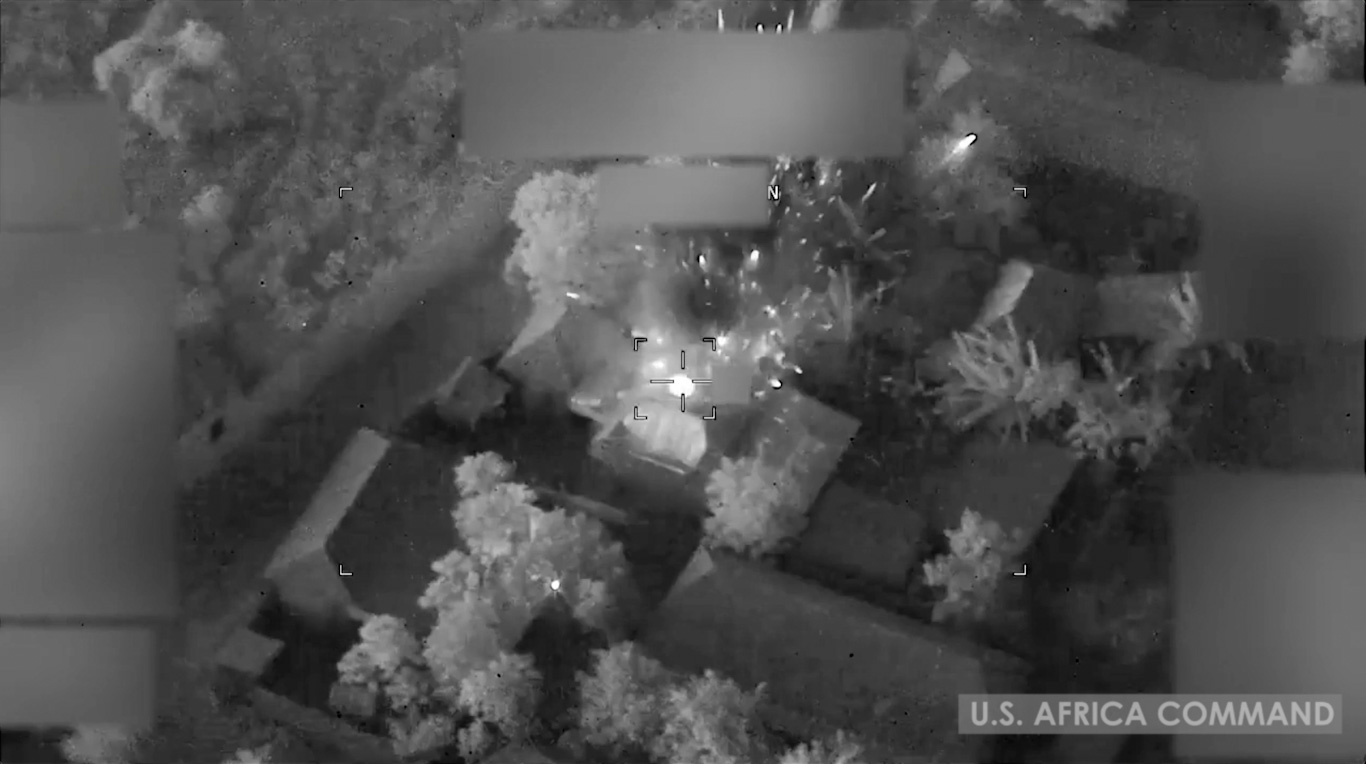Like so many of the conflicts around the world today, the ongoing war in Somalia dates back to the proxy wars between the U.S. and the Soviet Union. With the latter now a historical relic, American involvement in the East African nation has continued under the guise of the “war on terror,” in order to maintain a geopolitical edge in the Horn of Africa.
In December of 2020, the Trump administration announced the decision to withdraw U.S. troops from Somalia, sparking concerns from factions within the Somali military that have grown to rely on American troops and training in the country’s endless civil war.
The move has come under intense criticism from pro-interventionist media like Foreign Affairs magazine, who urged the Biden administration to “recommit” to fighting al-Shabaab militant force, which has emerged as the main focus of resistance after decades of foreign interference in the African nation. Listed as a terrorist organization by the State Department since 2008, al-Shabaab is part of a broader coalition of interests fighting for regional independence that includes factions within the Somali government and national security forces.
Far from a capitulation, the pull out of U.S. troops from Somalia is little more than a part of a redeployment operation to move American forces to other parts of East Africa. AFRICOM spokesman Air Force Col. Chris Karns admitted that a “limited force presence will remain” in the country and, as evidenced by the continued U.S. airstrikes conducted after the withdrawal of 700 to 800 troops – on pace to exceed those of previous years – any illusions that the United States has any intention of retreating should be put to rest.
A cold beginning
The Federal Republic of Somalia is one of four countries located in what is generally referred to as the Horn of Africa, a vital artery for global commerce since the nineteenth century. As the source of the Nile river, its proximity to Middle East oil fields, and Indian Ocean trade routes, the Horn of Africa has long been the target of colonial powers Britain and France, as well as fascist Italy during World War II.
American involvement didn’t begin in earnest until well after the war when Somali independence in the 1960s brought British Somaliland and Italian Somaliland under one flag and arbitrary territorial demarcations left large swaths of ethnic Somalis dispersed on the edges of the new country, fueling a tug of war between Soviet-led Eastern bloc countries and the U.S. to bring these groups under their influence. The Somali-Soviet arms deal of 1963 cemented the Russian’s advantage. The Soviets seemed to gain an even greater hold on the burgeoning African nation after the military coup of 1969 executed by far-left nationalists led by General Siad Barre, spurring major U.S. military aid to neighboring Ethiopia resulting in regular armed clashes between the two.
Matters deteriorated for American interests in 1975 when a military coup in Ethiopia installed a Marxist group known as DERGUE to power, deposing the U.S.-backed regime of Emperor Haile Selassie and further opening the door to Soviet influence in the region. This turn of events would become a watershed moment for U.S. policy in the region as it began providing military and economic assistance to Said Barre’s socialist government.

The so-called Ogaden War between Ethiopia and Somalia, launched by Barre in 1977, broke relations between the Somali regime and the Soviet Union, which struck a deal with Fidel Castro to bring in 5,000 Cuban troops to back their Ethiopian ally, resulting in the defeat of Said Barre’s army and the beginning of the end of détente between the U.S. and the Soviet Union.
In 1979, the Soviet Union’s invasion of Afghanistan would set the stage for Operation Cyclone; a CIA program initiated by President Jimmy Carter to finance Afghan resistance groups known as mujahedeen. The longest-running covert operation in American history has funneled over $20 Billion over the years to arm and train these groups and, despite its widely-recognized success in defeating the Soviet incursion, its aftermath has created a “Frankenstein” that continues to dominate U.S. policy in the Near East and which plays a central role in the Somalian civil war, which has devolved into a full-fledged regional conflict.
Box office hit
Thanks to Hollywood, many Americans are familiar with snippets of one of the United States’ biggest failures in Somalia since it started redoubling its efforts to impose its will in the region after the collapse of the Soviet Union. In a movie titled “Black Hawk Down,” the story of how 18 American troops were shot out of the sky by Somali warlords omits most of the relevant details
Under an initiative called Operation Restore Hope, the administration of George H.W. Bush and the United Nations in an ostensibly humanitarian mission sent 30,000 Belgian troops to Somalia in order to create a “secure environment for eventual political reconciliation” in the wake of a war-induced famine that had claimed the lives of hundreds of thousands of people.
The mission quickly flipped into a military operation that fomented the rise of Somali warlords as the “peacekeeping” troops began persecuting local clan leaders and exacerbating tensions. Bush’s successor, Bill Clinton, expanded the “mission” and escalated the conflict in the civil war that overthrew the exiled government of Said Barre.

General Mohamed Farah Aideed, a popular opposition leader and chairman of the United Somali Congress, was targeted by the U.S.-led foreign interventionists by enabling rival warlords to capture towns controlled by the General’s allies and ordering his arrest. This action turned the U.N.’s peacekeeping force into a common enemy, leading to their withdrawal from the country as Aideed’s men went on the attack. In response, Clinton deployed American soldiers to capture Aideed and his lieutenants. The infamous operation that led to the death of 18 U.S. troops and hundreds of Somalis memorialized in the aforementioned film, was a “snatch-and-grab” mission to capture two of Aideed’s lieutenants in the capital city of Mogadishu.
The operation involved 160 troops altogether, along with 19 aircraft and 12 vehicles. Known since as the Battle of Mogadishu, local militias trapped the invaders in an 18-hour firefight and downed two American Black Hawk helicopters, with international news outlets carrying images of dead American soldiers being dragged through the streets. Faced with such a public humiliation, Clinton stopped the mission and pulled U.S. forces out in March 1994.
After this debacle, the U.S. opted to keep a low profile in Somalia and in 2001 began extensive covert operations in the African nation. The Pentagon’s Joint Special Operations Command (JSOC) took the lead in surveillance, reconnaissance, assault, and capture operations, which continued until 2016 and has resulted in the killing of hundreds of al-Shabaab militants, the main target of the operations.
In 2011, President Obama began deploying Reaper drones to the region, which have become a staple in America’s imperial wars, adding to the massive inventory of bombs and bullets that are still killing thousands of innocent civilians without a shred of accountability.
A legacy of blood
A case can be made that what has been called the civil war in Somalia has only ever been a relentless campaign by foreign countries to control a geographical area, that is vital to the functioning of their global commercial interests. The exploitation of any vague national sentiment their agents can muster by throwing money and guns at one faction or another is only a means to an end and.
As proven by the U.S.’ decades-long backing of a declared socialist like Said Barre and the current crusade against the “Islamic terrorist” militant groups they created in the 1970s, the ideological justifications driving much of the political rhetoric is as empty as an exploded mortar shell.

Last Friday, January 22, barely one week after the withdrawal of American troops, 189 al-Shabaab fighters were massacred by the U.S.-backed Uganda People’s Defense Forces (UPDF). The strike was coordinated with the African Union Mission in Somalia (AMISOM), which partners with CIA agents that “operate unilaterally in the country” as part of the spy agency’s counterterrorism program in Somalia.
Despite Joe Biden’s campaign promise to “end forever wars,” the incoming U.S. administration is unlikely to modify its policy towards Somalia. In fact, some are already calling for the president to reverse Trump’s decision to remove troops, which further reveals the withdrawal to be not much more than a political parlor trick, as even arch-neocon policy wonks at the American Enterprise Institute understand that enough of the groundwork has been laid to continue the U.S.’ bloody legacy in the region, take or leave a few boots on the ground.
Feature photo | A still from footage of a US airstrike on Kunya Barrow, January 1, 2021. Photo | AFRICOM
Raul Diego is a MintPress News Staff Writer, independent photojournalist, researcher, writer and documentary filmmaker.


